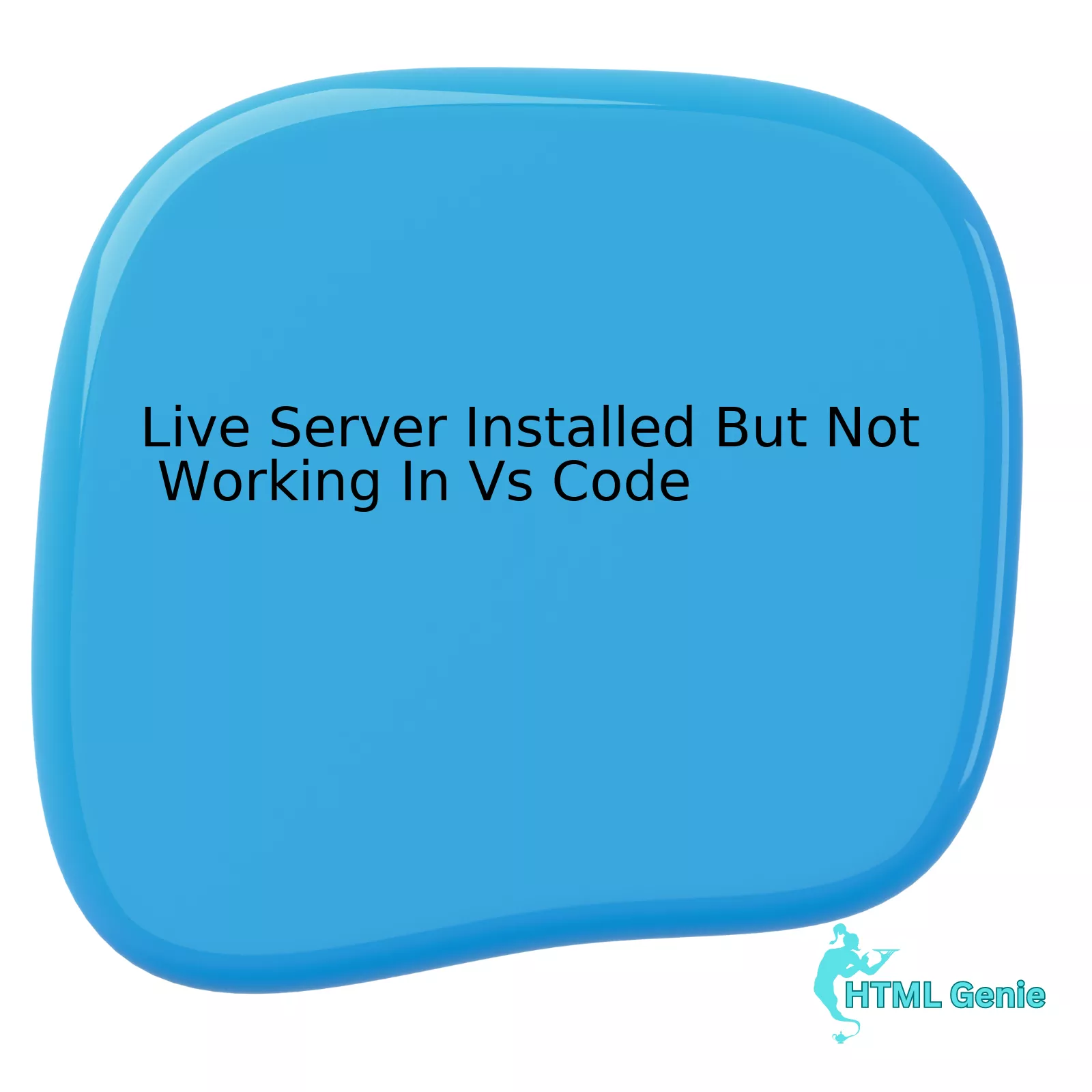Introduction
In the ever-evolving landscape of frontend development, the debate over which CSS framework is “best” is a perennial topic. From the component-rich ecosystem of Bootstrap to the utility-first philosophy of Tailwind CSS, developers have an abundance of powerful tools at their disposal. However, focusing solely on the tool itself often misses a more fundamental point. The true challenge of building a robust, long-lasting web application isn’t just about writing individual components; it’s about designing a system where those components can coexist, evolve, and scale over time. This is the essence of architectural thinking.
Choosing a CSS framework is a significant decision, but it’s a tactical one. The strategic foundation—how you structure your files, manage state, define data flow, and plan for future growth—is what ultimately determines a project’s success or failure. A well-designed architecture can make any framework shine, while a poor one will cause even the most popular tool to crumble under the weight of complexity and technical debt. This article delves beyond the surface-level comparisons to explore how to architect a scalable and maintainable CSS strategy, using frameworks as a powerful implementation detail rather than a silver-bullet solution.
Section 1: The Role and Reality of CSS Frameworks
Before we can architect around them, we must understand the fundamental role CSS frameworks play in a modern frontend stack, including their benefits and their inherent costs.
What is a CSS Framework? A Modern Spectrum
At its core, a CSS framework is a pre-written library of CSS (and often, JavaScript) that provides a foundational structure for styling web applications. The goal is to streamline the development process by solving common problems. Today, these frameworks exist on a spectrum:
- Component-Based Frameworks: These frameworks, like Bootstrap, Foundation, and Material Design, provide pre-styled, ready-to-use UI components such as buttons, modals, and navigation bars. They are highly opinionated and designed for rapid prototyping and consistency. You use their classes (e.g.,
.btn .btn-primary) to quickly assemble a user interface. - Utility-First Frameworks: Led by Tailwind CSS, this approach offers low-level utility classes that map directly to single CSS properties (e.g.,
.flexfordisplay: flex;,.pt-4forpadding-top: 1rem;). Instead of pre-built components, you are given the building blocks to create your own completely custom designs directly in your HTML, promoting a more bespoke UI design. - CSS-in-JS Libraries: While not traditional frameworks, libraries like Styled Components and Emotion solve similar problems by allowing developers to write CSS directly within their JavaScript component files. This approach offers benefits like scoped styles, dynamic styling based on props, and easier management of styles within a component-driven architecture (like React or Vue).
The “Why”: Solving Universal Frontend Challenges
Developers reach for frameworks because they offer immediate solutions to persistent challenges in web development. They provide a robust grid system, often using CSS Flexbox or CSS Grid, which simplifies the creation of complex web layouts and ensures a responsive design. This is crucial for a mobile-first design strategy. Frameworks also enforce a consistent design language, handle cross-browser compatibility issues, and improve web accessibility with built-in features like screen-reader classes and basic ARIA labels. For a team, a framework creates a shared vocabulary, making it easier for multiple developers to collaborate on a single codebase.
The Hidden Cost: Abstraction, Specificity, and Bloat
Despite their advantages, frameworks are not without their trade-offs. They introduce a layer of abstraction between you and your raw CSS. With component-based frameworks, this can lead to “specificity wars,” where developers are forced to write highly specific selectors or use !important to override the framework’s default styles. This is a common pitfall that leads to unmaintainable CSS. Furthermore, if not properly configured, frameworks can lead to significant CSS bundle sizes, as you may be shipping the entire library’s code even if you only use a small fraction of it. Understanding these costs is the first step toward building a solid architecture that mitigates them.
Section 2: Architectural Patterns for Integrating Frameworks
A CSS framework should support your architecture, not dictate it. How you integrate it is far more important than which one you choose. This involves moving beyond simply dropping a CDN link into your HTML and instead, thoughtfully weaving the framework into your project’s structure.
Customizing Component-Based Frameworks with CSS Preprocessors

When using a framework like Bootstrap, the biggest architectural mistake is fighting its styles with overrides. The correct approach is to leverage CSS Preprocessors like SASS or LESS to customize the framework from the inside out.
Instead of writing CSS to change the primary button color, you should import the framework’s source files into your own SASS project and modify its variables before compilation. This makes the framework’s components adopt your brand’s identity natively.
Real-World Scenario: Imagine you need to change Bootstrap’s default blue primary color to your brand’s purple.
The wrong way (override):
/* my-styles.css */
.btn-primary {
background-color: #6f42c1 !important; /* Leads to specificity issues */
border-color: #6f42c1 !important;
}
The right way (SASS variables):
/* _variables.scss */
// 1. Override Bootstrap's default variables
$primary: #6f42c1;
$border-radius: 0.5rem;
// 2. Import the rest of Bootstrap to compile with your overrides
@import "node_modules/bootstrap/scss/bootstrap";
This architectural pattern treats the framework as a dependency whose source code is part of your build process. This ensures your custom design system is the single source of truth, preventing style conflicts and making upgrades significantly easier.
Building Design Systems with Utility-First Frameworks
Tailwind CSS excels when used as an engine for a design system. Its power lies in the tailwind.config.js file, where you define your design tokens—colors, spacing, typography, and more. The architectural pitfall here is creating “HTML soup,” where long strings of utility classes make the markup difficult to read and maintain.
The solution is to abstract these repeating utility patterns into components. In a modern JavaScript framework or even with server-side HTML Templates, you can create reusable, named components that encapsulate the styling logic.
Real-World Scenario: Creating a reusable alert component in a React project using Tailwind CSS.
The wrong way (repeating classes everywhere):
<!-- Page 1 -->
<div class="bg-red-100 border border-red-400 text-red-700 px-4 py-3 rounded relative" role="alert">...</div>
<!-- Page 2 -->
<div class="bg-red-100 border border-red-400 text-red-700 px-4 py-3 rounded relative" role="alert">...</div>
The right way (abstracting into a component):
// Alert.jsx
function Alert({ children, type = 'danger' }) {
const baseClasses = "border px-4 py-3 rounded relative";
const typeClasses = {
danger: "bg-red-100 border-red-400 text-red-700",
success: "bg-green-100 border-green-400 text-green-700",
};
return (
<div className={`${baseClasses} ${typeClasses[type]}`} role="alert">
{children}
</div>
);
}
// Usage in Page 1 and 2
<Alert type="danger">This is an error!</Alert>
This approach keeps the HTML clean and ensures consistency. The utility classes remain the low-level implementation detail, while the component provides the meaningful semantic abstraction.
Section 3: Core Architectural Principles for Scalable CSS
Regardless of the framework you choose, certain universal principles of CSS architecture are non-negotiable for building a scalable and maintainable system.

Establish a Solid Structure and Naming Convention
Even with a framework, you will write custom CSS. A predictable folder structure and naming convention are paramount. Methodologies like ITCSS (Inverted Triangle CSS) or the 7-1 pattern for SASS provide a logical way to organize your stylesheets, separating concerns like settings, tools, generic styles, and components. For custom components, a naming convention like BEM (Block, Element, Modifier) can prevent style collisions, even when working with framework classes. A well-organized HTML Structure, built with Semantic HTML (e.g., <nav>, <main>, <article>), provides the necessary hooks for both framework and custom styles while improving web accessibility.
Embrace Modern CSS for a Single Source of Truth
Modern CSS features, particularly CSS Variables (Custom Properties), are a game-changer for architecture. They allow you to create a single source of truth for your design tokens that can be shared between your framework and your custom CSS, and even manipulated with JavaScript.
Best Practice: Define your design system tokens (colors, spacing, fonts) as CSS variables in the :root. If you’re using Tailwind, you can configure it to generate its utility classes from these variables. If you’re using Bootstrap with SASS, you can assign the SASS variables to CSS variables. This creates a powerful, unified system.
:root {
--color-primary: #6f42c1;
--font-family-base: 'Inter', sans-serif;
--spacing-4: 1rem;
}
/* Custom component using the variable */
.custom-header {
color: var(--color-primary);
font-family: var(--font-family-base);
padding: var(--spacing-4);
}
This approach is excellent for features like dynamic theming (e.g., light/dark mode), where you can change the values of the CSS variables with a single class on the <body> tag.
Prioritize Accessibility Beyond Framework Defaults
No framework is a substitute for a deep understanding of Web Accessibility (a11y). While frameworks provide a good starting point, custom components built with framework classes must be tested for accessibility. This includes ensuring proper keyboard navigation, sufficient color contrast, and correct use of HTML Attributes like ARIA labels to provide context for assistive technologies. Adhering to W3C Standards is a core architectural requirement, not an optional feature. Always use semantic HTML Elements where possible and test your UI with screen readers and other assistive tools.

Section 4: Making the Right Choice: A Decision Framework
Choosing a CSS framework is an architectural decision that should be based on project requirements, team expertise, and long-term goals, not just current trends.
Project Scope and Team Skills
- For rapid prototyping, internal tools, or projects with standard UI patterns: A component-based framework like Bootstrap or Foundation can be highly effective. It allows teams to build functional interfaces quickly without needing to design every component from scratch.
- For large-scale applications with a bespoke design system and unique UI: A utility-first framework like Tailwind CSS is often a better choice. It provides maximum flexibility and avoids the need to override opinionated styles, making it ideal for implementing a custom design system with precision.
- Team Familiarity: The learning curve and your team’s existing skills are critical factors. A team proficient in SASS might adapt to a Bootstrap-based custom theme faster, while a team comfortable with a component-driven JavaScript ecosystem might prefer Tailwind or CSS-in-JS.
Performance and Customization Trade-offs
Performance, specifically CSS bundle size, is a key consideration. Modern utility-first frameworks like Tailwind CSS use Just-in-Time (JIT) compilers to scan your files and generate only the CSS you actually use, resulting in extremely small production builds. Component-based frameworks require more discipline. You must use their SASS/LESS source files and import only the parts you need to keep the bundle size down. The architectural decision here is a trade-off: do you prefer the out-of-the-box convenience of pre-built components or the granular control and performance optimization of a utility-first approach?
Conclusion
The conversation around CSS frameworks needs to mature beyond “which tool is better?” and focus on “how do we build a better system?” The most significant skill in modern frontend development is not proficiency with a specific framework, but the architectural thinking that allows you to build scalable, maintainable, and resilient applications. A framework is a powerful tool, but it’s just one piece of a much larger puzzle.
Good architecture involves choosing the right folder structure, establishing clear state boundaries, and defining a consistent data flow. It means leveraging Modern CSS features like variables, using preprocessors to your advantage, and prioritizing web accessibility from day one. By focusing on these foundational principles, you can make an informed decision about which CSS framework best serves your architecture. Ultimately, a well-designed system will save you from costly rewrites and technical debt, ensuring your project’s success long after the current framework trends have faded.



